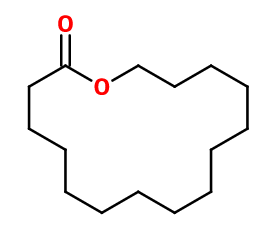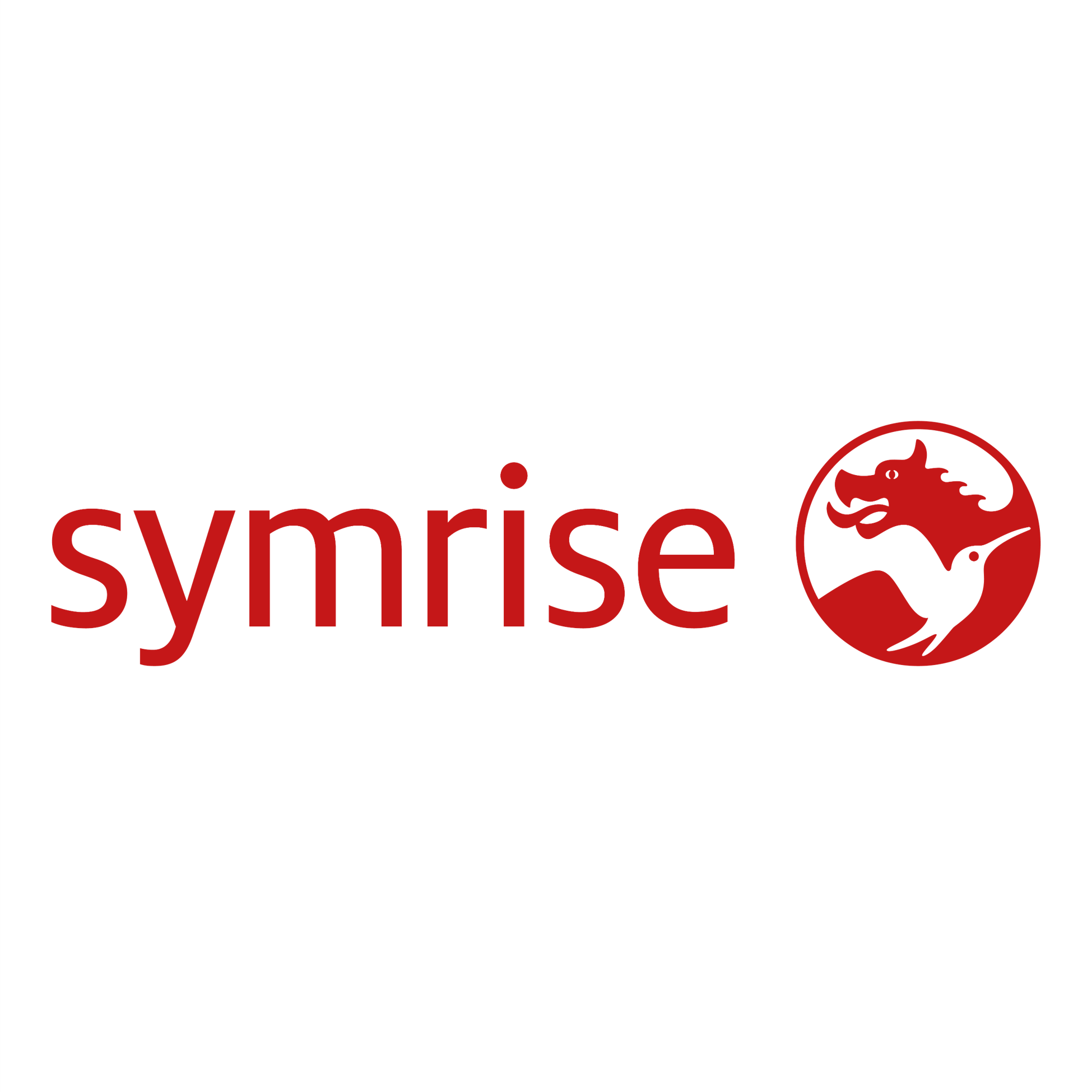Exaltolide®
Naturelle - Synthétique
Musky > Berries > Violet Flower

Crédits photo: ScenTree SAS
Other names :
Macrolide® ; Exaltex® ; Pentalide® ; 16-oxacyclohexadecan-1-one ; 15-angelica lactone ; Cyclopentadecanolide ; Exaltex ; Hexaltolide ; 15-hydroxypentadecanoic acid lactone ; Muscolactone ; Muskalactone ; Muskolactone ; 2-pentadecalone ; Pentadecan-15-olide ; Pentadecanolid ; Pentalide ; Thibetolide
Volatility :
Heart/Base
Uses in perfumery :
Exaltolide® is used in red fruits accords such as blackberry, raspberry or blueberry. To be combined with other musks for more facets.
Only used in fine fragrance because of its price. Used in violet flower and leather accords. Prefered in feminine accords for its fruity facets.
Only used in fine fragrance because of its price. Used in violet flower and leather accords. Prefered in feminine accords for its fruity facets.
Natural availability :
Exaltolide® can be found in trace amounts in Ambrette Seeds Absolute and Angelica Root EO, which allow to extract certain quantities in its natural state.
Year of discovery :
Discovered in 1926 in ambrette seads.
''Exaltolide® '' tradename has been published and protected by Firmenich SA since 15/10/1949 (brand N°143584)
Other comments :
In comparision to other musks, Exaltolide® has a particularly fruity note and a violet flower undernote.
Price Range :
€€€
Stability :
Musks are very stable, as in alcoholic and in functional fragrances

Crédits photo: ScenTree SAS
- Molecular formula :
- C15H28O2
- Molecular Weight :
- 240,39 g/mol
- Density :
- 0,918
- Flash Point :
- >180°C
- Fusion Point :
- 36°C
- Appearance :
- White solid
- Log P :
- 5,79
- Boiling Point :
- 137°C (à 2 mmHg)
- Detection Threshold :
- 1 to 4 ppb
Synthesis route :
The synthesis of Exaltolide® can be done in two major ways. One is to enlarge the cycle size of cyclododecanone. A radical addition of allyl alcohol to this starting reagent, in the presence of a peroxide, allows to implant an alcohol function linked to a carbon chain on the starting molecule. An acidic catalysis enables a dehydration of the intermediate product. Then, an addition of hydrogen peroxide in an acid medium to the molecule obtained in the previous process, followed by a heating of the last intermediate in xylene, allows the synthesis of Exaltolide®. The second synthesis route is made from polyesters of 15-hydroxypentadecanoic acid (which is prepared by a rather complex first process), placed under a high vacuum and in the presence of a trans-esterification catalyst.
Synthesis precursor :
Exaltolide® is not a precursor to the synthesis of another compound of olfactory interest.
Isomerism :
Exaltolide® does not have any isomer used in perfumery.
- EINECS number :
- 203-354-6
- FEMA number :
- 2840
- JECFA number :
- 239
- FLAVIS number :
- 10.004
- Allergens :
- This ingredient does not contain any allergen.
- IFRA :
- This ingredient is restricted by IFRA
- Restriction type :
- RESTRICTION
- Cause of restriction :
- DERMAL SENSITIZATION AND SYSTEMIC TOXICITY
- Amendment :
- 49
- Quantitative limit on the use :
-
Cat.1 Cat.2 Cat.3 Cat.4 Cat.5A Cat.5B Cat.5C Cat.5D Cat.6 0,42 % 0,13 % 2,5 % 2,4 % 0,6 % 0,6 % 0,6 % 0,2 % 1,4 % Cat.7A Cat.7B Cat.8 Cat.9 Cat.10A Cat.10B Cat.11A Cat.11B Cat.12 4,8 % 4,8 % 0,2 % 4,6 % 4,6 % 17 % 0,2 % 0,2 % No Restriction - Restriction type :
- RESTRICTION QRA
- Cause of restriction :
- SENSITIZATION
- Amendment :
- 47
- Quantitative usage limits :
-
Cat.1 Cat.2 Cat.3 Cat.4 Cat.5 Cat.6 Cat.7 Cat.8 Cat.9 Cat.10 Cat.11 0,16 % 0,2 % 0,83 % 2,5 % 1,31 % 3,93 % 0,42 % 2 % 5 % 2,5 % Not Restricted
To learn more about IFRA's standards : https://ifrafragrance.org/safe-use/library
ScenTree is solely responsible for the information provided here.



